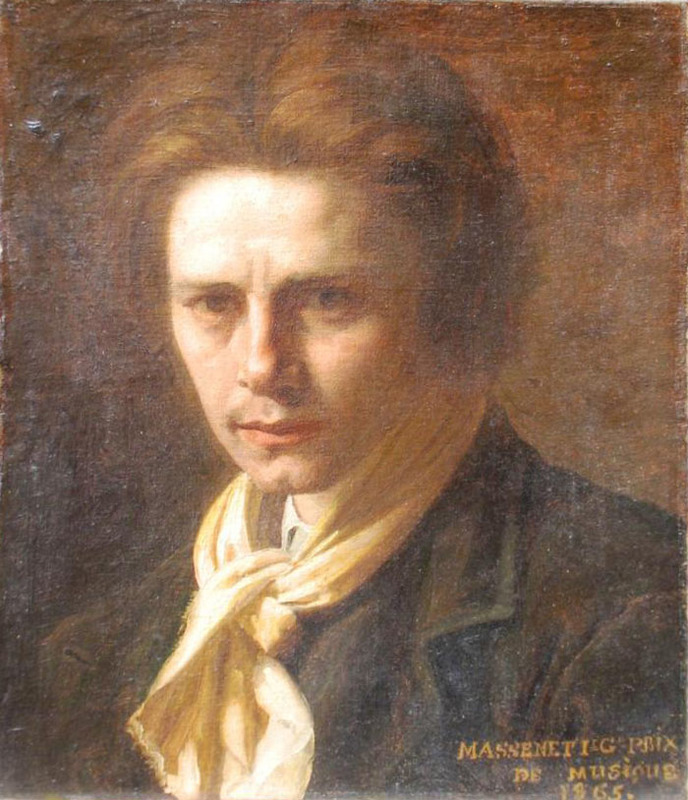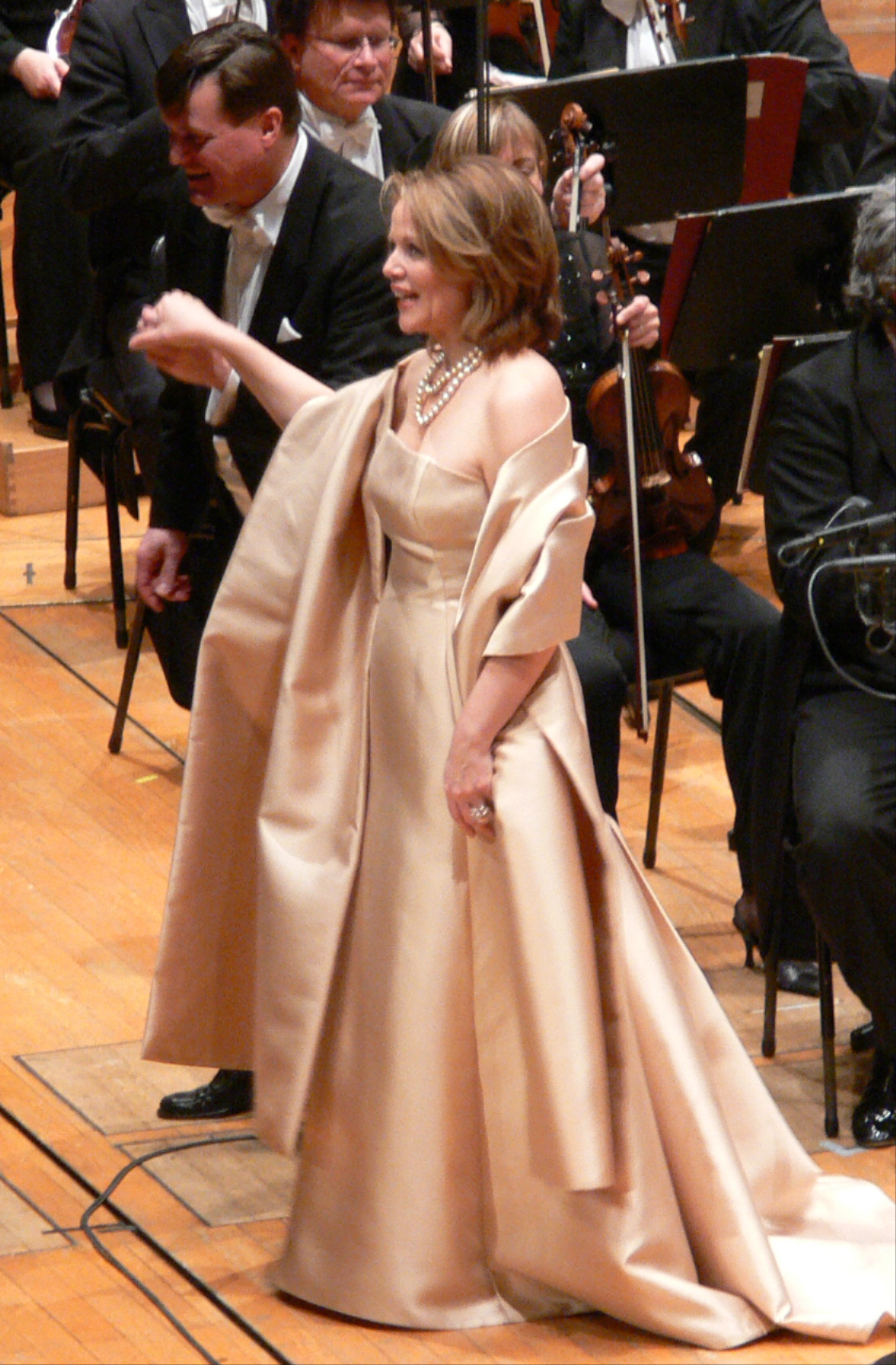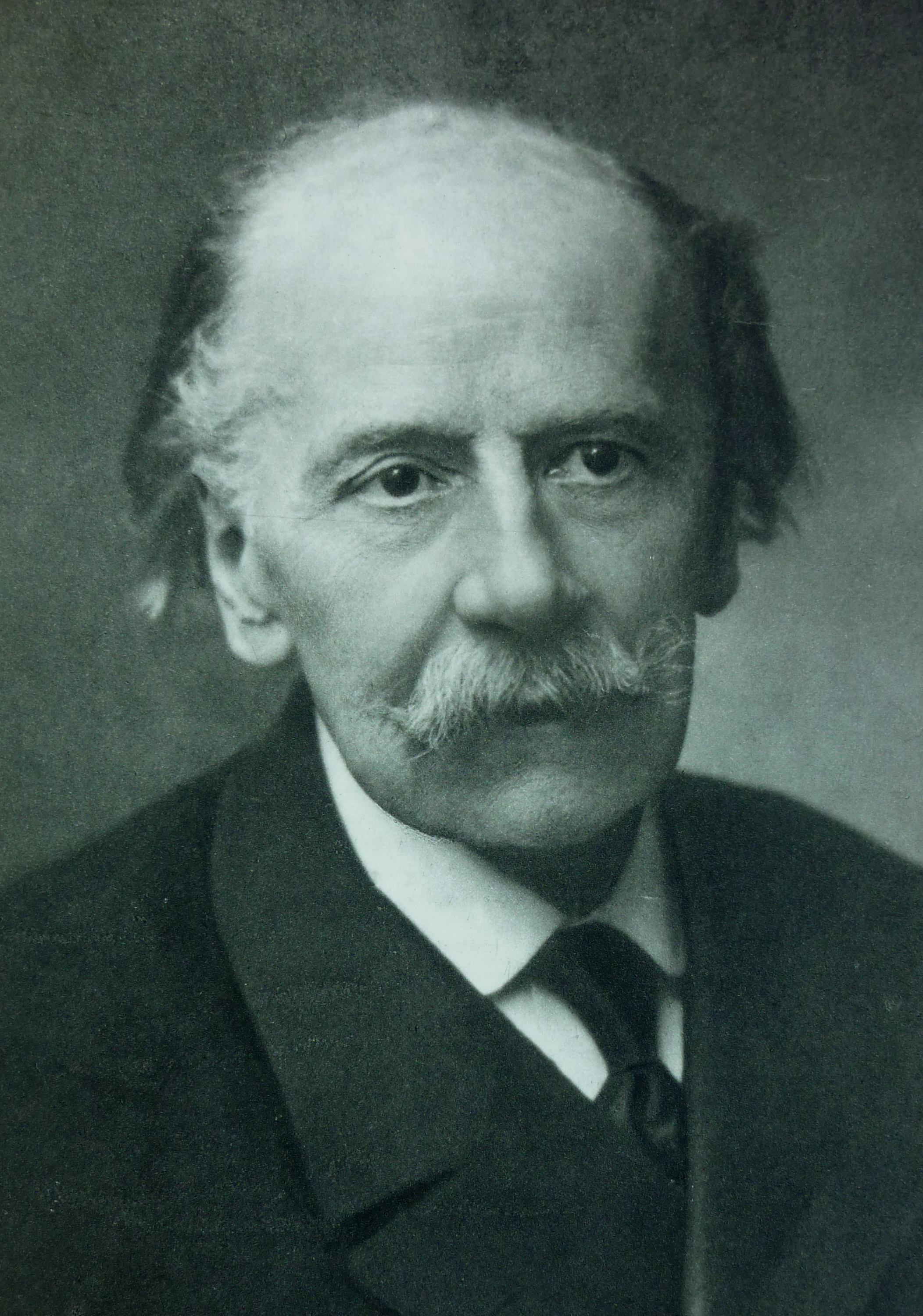|
Thaïs (opera)
''Thaïs'' () is an opera, a ''comédie lyrique'' in three acts and seven tableaux, by Jules Massenet to a French libretto by Louis Gallet, based on the novel ''Thaïs'' by Anatole France. It was first performed at the Opéra Garnier in Paris on 16 March 1894, starring the American soprano Sibyl Sanderson, for whom Massenet had written the title role. The original production was directed by Alexandre Lapissida, with costumes designed by Charles Bianchini and sets by Marcel Jambon (act 1, scene 1; act 3) and Eugène Carpezat (act 1, scene 2; act 2). The opera was later revised by the composer and was premiered at the same opera house on 13 April 1898. The work was first performed in Italy at the Teatro Lirico Internazionale in Milan on 17 October 1903 with Lina Cavalieri in the title role and Francesco Maria Bonini as Athanaël. In 1907, the role served as Mary Garden's American debut in New York in the U.S. premiere performance. ''Thaïs'' takes place in Egypt under the rule of ... [...More Info...] [...Related Items...] OR: [Wikipedia] [Google] [Baidu] |
Jules Massenet
Jules Émile Frédéric Massenet (; 12 May 1842 – 13 August 1912) was a French composer of the Romantic era best known for his operas, of which he wrote more than thirty. The two most frequently staged are '' Manon'' (1884) and ''Werther'' (1892). He also composed oratorios, ballets, orchestral works, incidental music, piano pieces, songs and other music. While still a schoolboy, Massenet was admitted to France's principal music college, the Paris Conservatoire. There he studied under Ambroise Thomas, whom he greatly admired. After winning the country's top musical prize, the Prix de Rome, in 1863, he composed prolifically in many genres, but quickly became best known for his operas. Between 1867 and his death forty-five years later he wrote more than forty stage works in a wide variety of styles, from opéra-comique to grand-scale depictions of classical myths, romantic comedies, lyric dramas, as well as oratorios, cantatas and ballets. Massenet had a good sense of the ... [...More Info...] [...Related Items...] OR: [Wikipedia] [Google] [Baidu] |
Cenobite
Cenobitic (or coenobitic) monasticism is a monastery, monastic tradition that stresses community life. Often in the West the community belongs to a religious order, and the life of the cenobitic monk is regulated by a Monastic rule, religious rule, a collection of precepts. The older style of monasticism, to live as a hermit, is called eremitic. A third form of monasticism, found primarily in Eastern Christianity, is the skete. The English words "cenobite" and "cenobitic" are derived, via Latin, from the Greek language, Greek words ''koinos'' (κοινός), "common", and ''bios'' (βίος), "life". The adjective can also be cenobiac (κοινοβιακός, ''koinobiakos'') or cœnobitic (obsolete). A group of monks living in community is often referred to as a cenobium. Cenobitic monasticism appears in several religious traditions, though most commonly in Buddhism and Christianity. Origins The word ''cenobites'' was initially applied to the followers of Pythagoras in Croton ... [...More Info...] [...Related Items...] OR: [Wikipedia] [Google] [Baidu] |
Renée Fleming
Renée Lynn Fleming (born February 14, 1959) is an American soprano, known for performances in opera, concerts, recordings, theater, film, and at major public occasions. A recipient of the National Medal of Arts, Fleming has been nominated for 18 Grammy Awards and has won four times. Other notable awards have included the Chevalier de la Légion d'Honneur from the French government, Germany's Cross of the Order of Merit, Sweden's Polar Music Prize and honorary membership in England's Royal Academy of Music. Unusual among artists whose careers began in opera, Fleming has achieved name recognition beyond the classical music world. Fleming has a full lyric soprano voice.Tommasini, Anthony"For a Wary Soprano, Slow and Steady Wins the Race" ''The New York Times'', September 14, 1997 She has performed coloratura, lyric, and lighter spinto soprano operatic roles in Italian, German, French, Czech, and Russian, aside from her native English. A significant portion of her career has been ... [...More Info...] [...Related Items...] OR: [Wikipedia] [Google] [Baidu] |
Leontyne Price
Mary Violet Leontyne Price (born February 10, 1927) is an American soprano who was the first African Americans, African American soprano to receive international acclaim. From 1961 she began a long association with the Metropolitan Opera, where she was the first African American to be a Prima donna, leading performer. She regularly appeared at the world's major opera houses, the Royal Opera House, San Francisco Opera, Lyric Opera of Chicago, and La Scala, the last at which she was also the first African American to sing a leading role. She was particularly renowned for her performances of the title role in Verdi's ''Aida''. Born in Laurel, Mississippi, Price attended Central State University and then Juilliard, where she had her operatic debut as Mistress Ford in Verdi's ''Falstaff (opera), Falstaff''. Having heard the performance, Virgil Thomson engaged her in ''Four Saints in Three Acts'' and she then toured—starring alongside her husband William Warfield—in a successful rev ... [...More Info...] [...Related Items...] OR: [Wikipedia] [Google] [Baidu] |
Beverly Sills
Beverly Sills (May 25, 1929July 2, 2007) was an American operatic soprano whose peak career was between the 1950s and 1970s. Although she sang a repertoire from Handel and Mozart to Puccini, Massenet and Verdi, she was especially renowned for her performances in coloratura soprano roles in live opera and recordings. Sills was largely associated with the operas of Donizetti, of which she performed and recorded many roles. Her signature roles include the title role in Donizetti's ''Lucia di Lammermoor'', the title role in Massenet's ''Manon'', Marie in Donizetti's ''La fille du régiment'', the three heroines in Offenbach's ''Les contes d'Hoffmann'', Rosina in Rossini's ''The Barber of Seville'', Violetta in Verdi's ''La traviata'', and most notably Elisabetta in Donizetti's ''Roberto Devereux''. ''The New York Times'' noted, In her prime her technique was exemplary. She could dispatch coloratura roulades and embellishments, capped by radiant high Ds and E-flats, with seemin ... [...More Info...] [...Related Items...] OR: [Wikipedia] [Google] [Baidu] |
Anna Moffo
Anna Moffo (June 27, 1932 – March 9, 2006) was an American opera singer, television personality, and actress. One of the leading lyric- coloratura sopranos of her generation, she possessed a warm and radiant voice of considerable range and agility. Noted for her physical beauty, she was nicknamed "La Bellissima". Winning a Fulbright to study in Italy, Moffo became popular there after performing leading operatic roles on three RAI television productions in 1956. She returned to America for her debut at the Lyric Opera of Chicago on October 16, 1957. In New York, her Metropolitan Opera debut took place on November 14, 1959. She performed at the Met for over seventeen seasons. Moffo's earliest recordings were made for EMI Records; she signed an exclusive contract with RCA Victor in 1960, recording for the company until the late 1970s. In the early 1960s, she hosted her own show on Italian television and appeared in several operatic films along with other non-singing roles. In t ... [...More Info...] [...Related Items...] OR: [Wikipedia] [Google] [Baidu] |
Carol Neblett
Carol Lee Neblett (February 1, 1946 – November 23, 2017) was an American operatic soprano. Life and career Neblett was born in Modesto, California and raised in Redondo Beach. She studied at the University of California, Los Angeles. In 1969 she made her operatic debut with the New York City Opera, playing the part of Musetta in Puccini's ''La bohème''. With that company, she continued to sing many leading roles, in ''Mefistofele'' (with Norman Treigle), ''Prince Igor'' (conducted by Julius Rudel), ''Faust'', ''Manon'', ''Louise'' (opposite John Alexander, later Harry Theyard), '' La traviata'', ''Le coq d'or'', ''Carmen'' (as Micaëla, with Joy Davidson, staged by Tito Capobianco), '' The Marriage of Figaro'' (as the Contessa Almaviva, with Michael Devlin and Susanne Marsee), '' Don Giovanni'' (as Donna Elvira), ''L'incoronazione di Poppea'' (with Alan Titus as Nerone), ''Ariadne auf Naxos'' (directed by Sarah Caldwell), and Erich Wolfgang Korngold's ''Die tote Stadt'' ... [...More Info...] [...Related Items...] OR: [Wikipedia] [Google] [Baidu] |
Esclarmonde
''Esclarmonde'' () is an opéra (french: opéra romanesque) in four acts and eight tableaux, with prologue and epilogue, by Jules Massenet, to a French libretto by Alfred Blau and Louis Ferdinand de Gramont. It was first performed at the Exposition Universelle on 15 May 1889 by the Opéra-Comique at the Théâtre Lyrique on the Place du Châtelet in Paris. ''Esclarmonde'' is perhaps Massenet's most ambitious work for the stage and is his most ''Wagnerian'' in style and scope. In orchestral coloring and structure of melody, however, it follows French traditions. The opera has been revived sporadically in the modern era, most notably during the 1970s with Joan Sutherland, conducted by Massenet champion Richard Bonynge. The role of Esclarmonde is notoriously difficult to sing, with stratospheric coloratura passages that are possible for only the most gifted of performers. Background The story of the opera is based on the medieval chivalric tale '' Parthénopéus de Blois'', wh ... [...More Info...] [...Related Items...] OR: [Wikipedia] [Google] [Baidu] |
Entr'acte
(or ', ;Since 1932–35 the French Academy recommends this spelling, with no apostrophe, so historical, ceremonial and traditional uses (such as the 1924 René Clair film title) are still spelled ''Entr'acte''. German: ' and ', Italian: ''intermezzo'', Spanish: ') means "between the acts". It can mean a pause between two parts of a stage production, synonymous to an intermission (this is nowadays the more common meaning in French), but it more often (in English) indicates a piece of music performed between acts of a theatrical production. In the case of stage musicals, the ''entr'acte'' serves as the overture of act 2 (and sometimes acts 3 and 4, as in ''Carmen''). In films that were meant to be shown with an intermission, there was frequently a specially recorded ''entr'acte'' on the soundtrack between the first and second half of the film, although this practice eventually died out. Origin Originally ''entr'actes'' resulted from stage curtains being closed for set or costume ... [...More Info...] [...Related Items...] OR: [Wikipedia] [Google] [Baidu] |
Méditation (Thaïs)
"Méditation" () is a symphonic intermezzo from the opera ''Thaïs'' by French composer Jules Massenet. The piece is written for solo violin and orchestra. The opera premiered at the Opéra Garnier in Paris on March 16, 1894. Description The Méditation is an instrumental ''entr'acte'' performed between the scenes of Act II in the opera ''Thaïs'' ; a wordless chorus joins in for the last reprise. In the first scene of Act II, Athanaël, a Cenobite monk, confronts Thaïs, a beautiful and hedonistic courtesan and devotée of Venus, and attempts to persuade her to leave her life of luxury and pleasure and find salvation through God. It is during a time of reflection following the encounter that the ''Méditation'' occurs. In the second scene of Act II, following the ''Méditation'', Thaïs tells Athanaël that she let him take her to a cloister near the desert. Ernest Newman commented that the "solo is almost invariably made far more sickly than it need be or should be", cont ... [...More Info...] [...Related Items...] OR: [Wikipedia] [Google] [Baidu] |
Lust
Lust is a psychological force producing intense desire for something, or circumstance while already having a significant amount of the desired object. Lust can take any form such as the lust for sexuality (see libido), money, or power. It can take such mundane forms as the lust for food (see gluttony) as distinct from the need for food or lust for redolence, when one is lusting for a particular smell that brings back memories. It is similar to but distinguished from passion, in that passion propels individuals to achieve benevolent goals whilst lust does not. In religion Religions tend to draw a distinction between passion and lust by further categorizing lust as an immoral desire and passion as morally accepted. Lust is defined as immoral because its object or action of affection is improperly ordered according to natural law and/or the appetite for the particular object (eg sexual desire) is governing the person's will and intellect rather than the will and intellect gove ... [...More Info...] [...Related Items...] OR: [Wikipedia] [Google] [Baidu] |
Venus (mythology)
Venus (), , is a Roman goddess, whose functions encompass love, beauty, desire, sex, fertility, prosperity, and victory. In Roman mythology, she was the ancestor of the Roman people through her son, Aeneas, who survived the fall of Troy and fled to Italy. Julius Caesar claimed her as his ancestor. Venus was central to many religious festivals, and was revered in Roman religion under numerous cult titles. The Romans adapted the myths and iconography of her Greek counterpart Aphrodite for Roman art and Latin literature. In the later classical tradition of the West, Venus became one of the most widely referenced deities of Greco-Roman mythology as the embodiment of love and sexuality. She is usually depicted nude in paintings. Etymology The Latin theonym ''Venus'' and the common noun ''venus'' ('love, charm') stem from a Proto-Italic form reconstructed as ''*wenos-'' ('desire'), itself from Proto-Indo-European (PIE) ' ('desire'; cf. Messapic ''Venas'', Old Indic ''vánas'' 'de ... [...More Info...] [...Related Items...] OR: [Wikipedia] [Google] [Baidu] |








.jpg)
